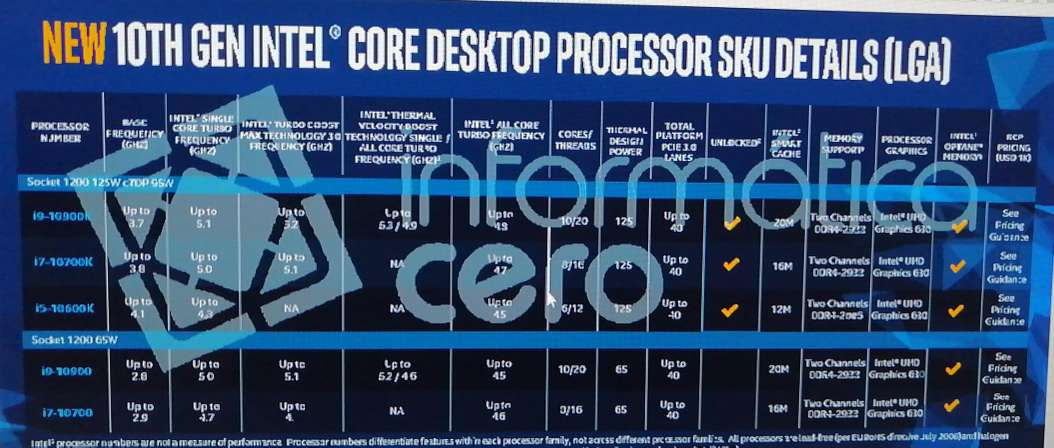hat
Enthusiast
- Joined
- Nov 20, 2006
- Messages
- 21,762 (3.19/day)
- Location
- Ohio
| System Name | Starlifter :: Dragonfly |
|---|---|
| Processor | i7 2600k 4.4GHz :: i5 10400 |
| Motherboard | ASUS P8P67 Pro :: ASUS Prime H570-Plus |
| Cooling | Cryorig M9 :: Stock |
| Memory | 4x4GB DDR3 2133 :: 2x8GB DDR4 2400 |
| Video Card(s) | PNY GTX1070 :: Integrated UHD 630 |
| Storage | Crucial MX500 1TB, 2x1TB Seagate RAID 0 :: Mushkin Enhanced 60GB SSD, 3x4TB Seagate HDD RAID5 |
| Display(s) | Onn 165hz 1080p :: Acer 1080p |
| Case | Antec SOHO 1030B :: Old White Full Tower |
| Audio Device(s) | Creative X-Fi Titanium Fatal1ty Pro - Bose Companion 2 Series III :: None |
| Power Supply | FSP Hydro GE 550w :: EVGA Supernova 550 |
| Software | Windows 10 Pro - Plex Server on Dragonfly |
| Benchmark Scores | >9000 |
You should not look at it as if Intel or AMD deceived you. They've sold you a CPU with 65W or 95W TDP. You can buy a cooler based on that TDP.
But they've also given you a bonus (not a lie!). Because they've made their CPUs so rapid and flexible, they can boost instantly for a short time when you need it in your typical consumer-ish PC using: to load a website, open a file, apply an effect in a photo editor etc. It's so short that the extra heat produced is tiny and your 95W cooler won't explode.
And if, during that short boost, your PSU can provide just 150W, not 200W? It won't explode either. The CPU knows when to stop pushing. It's all though out really well.
We test consumer CPUs by running hours of 100% load benchmarks, which is not how these CPUs are used in real life. Of course that's how we learn their performance limits (which is good), but the resulting average power consumption figures are unrealistic.
This is exactly the reason why workstation/server CPUs turn out (in similar tests) to be very conservative when it comes to TDP. Because their purpose is exactly to run at 100% all the time. That's how their TDP was calculated.
You... can't be serious. You expect me to look at a chip like the 9900k with a base clock of 3.6GHz and a turbo clock of 5.0GHz and take that 5GHz speed as a bonus for loading web pages faster? I can open web pages and open files pretty quickly with even a 15 year old computer. I don't need to be at 5GHz for a fraction of a second to do that only to slow down to 3.6GHz the moment I put any real load on the system. A lot of people are building systems with Intel processors for gaming, these days. It's one of their last few advantages, being able to get a few more FPS in games. As you know, running a game can be a pretty demanding task... and typically lasts for hours, not seconds. This is just one example of something very common that might happen with such a system. What about other examples of prolonged load? I hope you're not going to suggest we should be building workstations or servers to do transcoding, or running applications such as World Community Grid?








